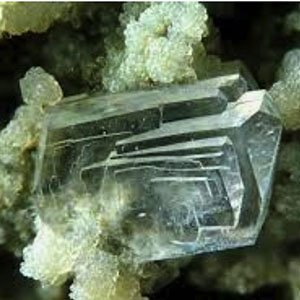Clinoptilolite (E567), a natural zeolite, inclusion in heavy-pig diets: effect on the productive performance and gaseous emissions during fattening and manure storage

All claims expressed in this article are solely those of the authors and do not necessarily represent those of their affiliated organizations, or those of the publisher, the editors and the reviewers. Any product that may be evaluated in this article or claim that may be made by its manufacturer is not guaranteed or endorsed by the publisher.
Authors
Intensive pig rearing systems produce several air pollutants, mainly associated with housing and slurry storage. Dietary strategies based on feed additives can effectively mitigate such impacts. This work has been aimed at evaluating the effectiveness of nutritional zeolites in mitigating ammonia (NH3), carbon dioxide (CO2), methane (CH4), and nitrous oxide (N2O) emissions from piggery and slurry storage on finishing pig farms. An experimental trial was carried outch three groups of approximately 500 pigs each were reared on a commercial pig farm in whi. The three groups were fed the same diet, with the addition of 0 g/kg (Z0, control), 10 g/kg (Z1), and 20 g/kg (Z2) of micronized clinoptilolite (E567), respectively. The emissions from housing facilities and the live and slaughtering animal performances were assessed. In addition, manure samples were collected during the rearing period to evaluate, at a laboratory scale, the NH3, CO2, CH4, and N2O emission potential during the subsequent slurry storage phase before land application. The results have shown that the addition of dietary zeolite can be considered a valid strategy to reduce gaseous emissions from pig houses without affecting animal performances or the system’s overall productivity. Treatment Z2 gave the best results and resulted in a 25% and 36% reduction of NH3 and CO2 equivalent emission fluxes, respectively, compared to those recorded for the control. The laboratory-scale experiment revealed no significant effect of dietary clinoptilolite inclusion on NH3 or the greenhouse gas emission potential during slurry storage.
How to Cite

This work is licensed under a Creative Commons Attribution-NonCommercial 4.0 International License.














